When focusing on energy, renewable means energy from sources that will naturally replenish. Energy from the sun, wind, seas and rivers, and geothermal heat are renewable. These sources are also considered renewable and sustainable because they do not cause pollution or damage to the environment.
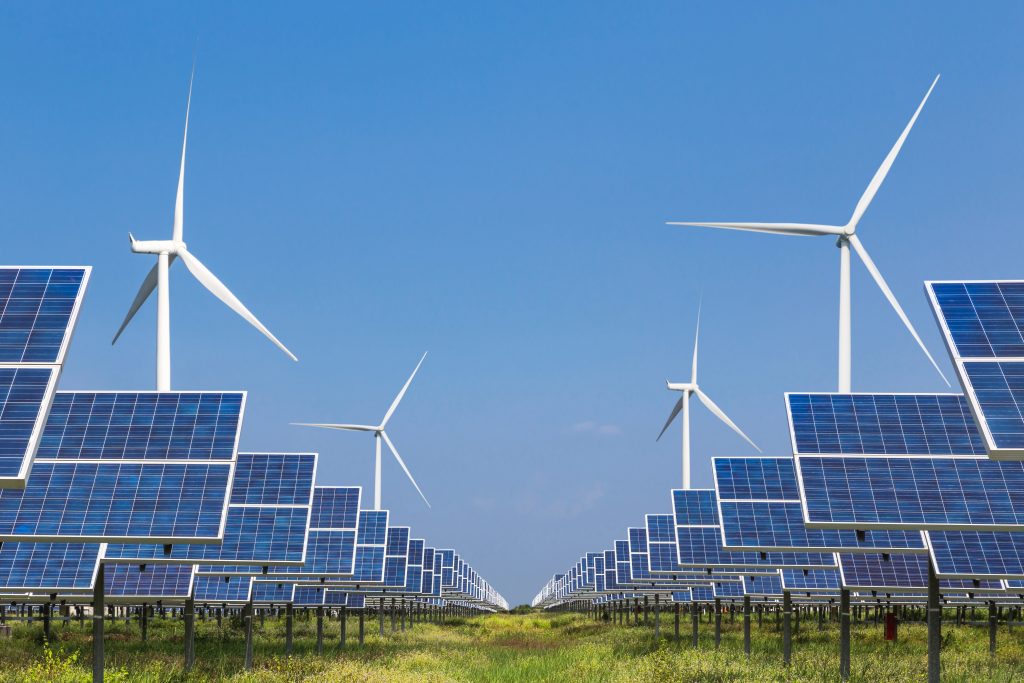
Renewable and sustainable
There is a difference between renewable and sustainable energy. Renewable and sustainable are often used interchangeably, but they do not have the same definition. While most renewable energy sources are sustainable, biomass is unsustainable at its current rate of use.
The National Geographic writes that “the most common biomass materials used for energy are plants, wood, and waste.” In other words, biomass energy is energy from living things. Biomass is burned to create heat or is converted into electricity. The earliest people used biomass energy when burning wood. The increasing demand for greener power on a global scale has led to a rise in the production of wooden pellets for burning.
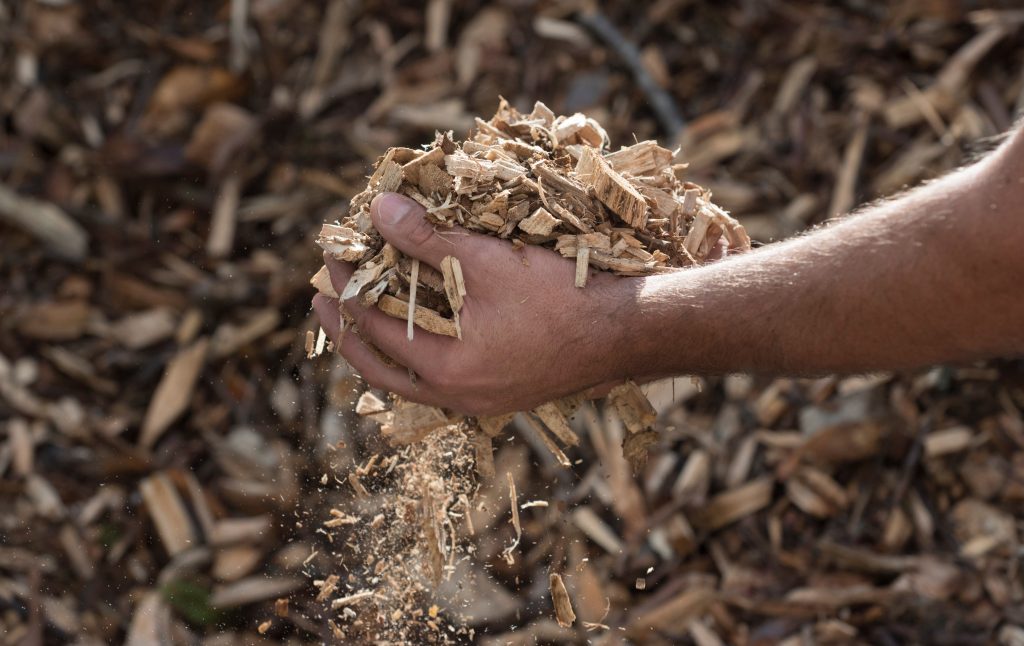
Regulation on biomass in 2016 was supposed to ensure forests were harvested sustainably and conservation areas were protected. But, a report from 2017 found that carbon emissions from burning wood pellets were much worse than originally thought. As well as this, the felling of trees is another contentious area for this type of energy generation. It was found that “Using wood pellets to generate low-carbon electricity is a flawed policy that is speeding up not slowing down climate warming.” David Carr, General Counsel of the Southern Environmental Law Centre in America, stated that the report confirmed that cutting down trees is a “disaster” for climate policy. Older trees release worrying quantities of carbon into the atmosphere when they are burned, and it was found that these trees are not always replanted. When they are replaced, it can take a century to cultivate a wood which soaks up as much carbon as was released.
Renewable energy is becoming a major part of our daily lives. In fact, according to the International Energy Agency (IEA), renewables now account for nearly half of all global electricity generation. The IEA also predicts that by 2050, renewables will provide almost 70% of the world’s total energy supply. In the current energy crisis, looking into renewables for powering our buildings has both financial and environmental benefits.
This article will answer all of your main queries about energy sustainability, and question which types of energy can be considered both renewable and sustainable.
Is nuclear energy renewable?
No.
Presently, the vast majority of electricity from nuclear power is produced using uranium and plutonium – radioactive metals which are finite. Nuclear energy is neither renewable nor sustainable.
However, nuclear energy production releases almost no greenhouse gases. It is less bad for the environment than fossil fuel use. Nuclear power utilises radioactive fuel, and this is not replenishable once used. Nuclear power uses atomic reactions to produce electricity. Nuclear reactors produce about 10% of global electricity.
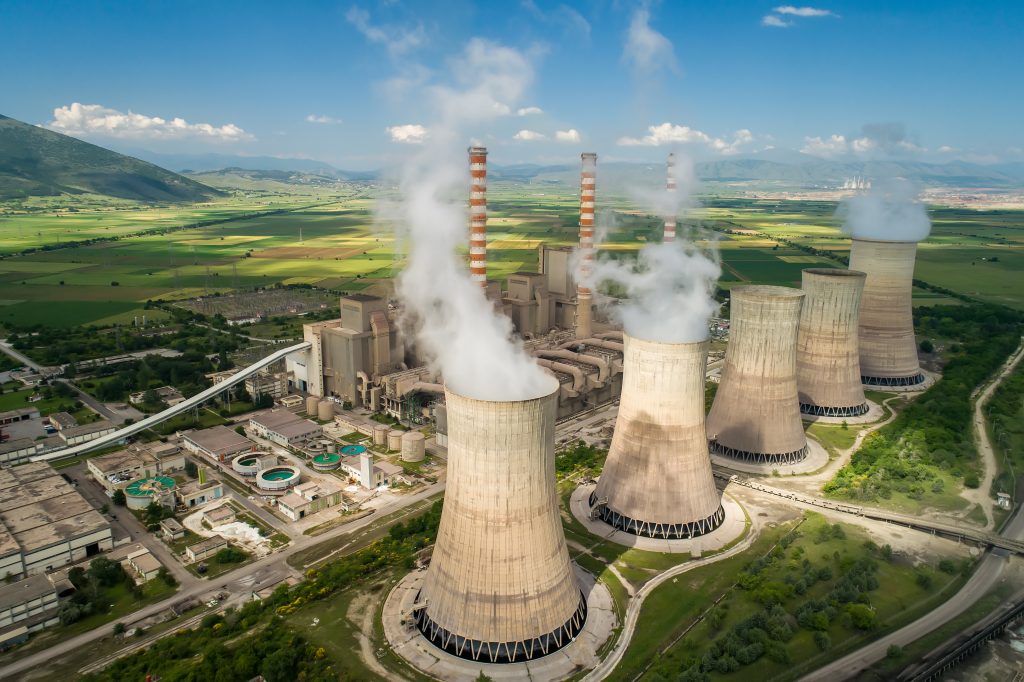
Is nuclear energy bad for the environment?
Pros and cons of nuclear power
Although it produces almost no emissions, the production of nuclear energy is clearly not without very serious issues – most notably the Cherynobl and Fukushima disasters.
The Chernobyl disaster occurred in 1986 at the Chernobyl Nuclear Power Plant, near Pripyat in Northern Ukraine. The number of deaths has varying estimates due to the radiation’s long-term health effects being difficult to track. Around 100 people are recorded to have died as a direct result, but the World Health Organisation attributes the number of fatalities to be around 4000. The disaster was caused by an accident, however, safety measures were not followed, and managers of the plant served time in prison for initially acting as if the event was much less dangerous than it was.
In Japan in 2011 the nation’s worst earthquake on record caused a tsunami which crashed into the Fukushima Daiichi Nuclear Power Plant. The wave caused a number of chemical explosions at the plant which led to dozens of workers’ exposure to radiation and at least one death. Many people believe these numbers to be low estimates. At the current time, several towns in north east Japan remain off limits.
Additionally, nuclear energy creates radioactive waste that unavoidably has to be stored, undisturbed, for tens of thousands of years until the material is no longer dangerous.
However, according to the UK government’s website, “nuclear power is one of the safest forms of energy generation” because nuclear plants “are among the safest and most secure facilities in the world”. It is true that nuclear plants have been operating within the UK for decades without incident. All UK power plants are also accountable to independent regulators. Other kinds of energy suppliers, such as gas, can also cause explosions, though these have not been on the scale of the aforementioned crises. Nuclear energy is a large source of low-carbon electricity across the world. The cooling towers of nuclear plants (the large chimneys) only emit water vapour. Because of this, some researchers uphold that despite it not being renewable or sustainable, it is essential for helping to reach zero emissions.
Is geothermal energy renewable?
Yes.
Geothermal energy is renewable and sustainable as its source is heat naturally generated by the core of the Earth. The core has been emitting heat for billions of years, and will continue to for billions of years into the future.
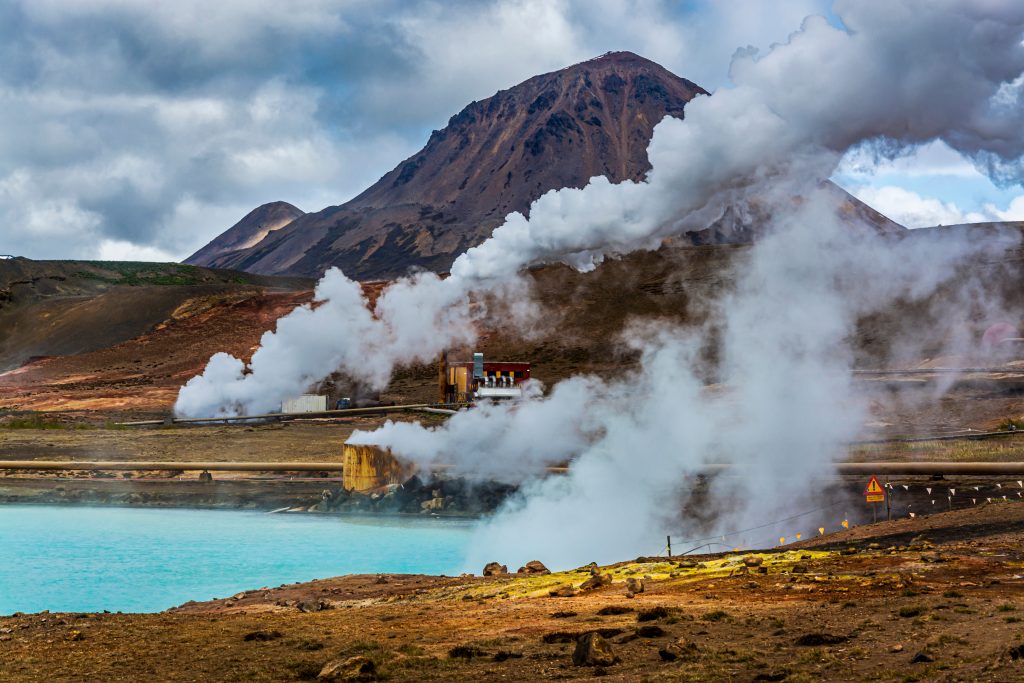
Geothermal power plants use steam to produce electricity. The steam comes from hot water found below the surface of the Earth. Scientists found that the temperature of the Earth’s inner core is about 10,800 degrees Fahrenheit (°F) – the same temperature as the sun. The steam rotates a turbine, which activates a generator, which produces electricity. Geothermal energy also emits only water vapour.
Is natural gas renewable?
No.
Natural gas is a fossil fuel like coal and oil. Burning natural gas releases energy we can use to heat our homes and for electricity generation. The use of natural gas for energy does create fewer emissions of carbon dioxide and other air pollutants than burning coal or petroleum.

Natural gas consists primarily of methane. Like oil and coal, natural gas is formed underground from organic matter that died millions of years ago. This gas is limited, and it is therefore neither a renewable nor a sustainable option for energy use.
Although it is naturally occurring, it is finite, and it is also difficult to access. Natural gas is deep under the Earth’s surface, and the process of extracting it damages the environment. Fracking is a method of accessing natural gas. Fracking involves the fracturing of bedrock material by pressurised liquid. This makes it easier to extract gas and oil. Fracking can lead to increased earthquakes, and because of this it is banned in the UK and across a lot of Europe. So, both the extraction and utilisation of natural gas is a contributor to climate change. The gas itself is methane and the gas which is released when this is burned is carbon dioxide – which are both greenhouse gases.
Advantages and disadvantages of renewables
There are of course positives and negatives to anything, and renewable energy sources are no exception, although the majority of issues involved are due to lack of funding.
Disadvantages of renewable energy
Although renewable energy does not use up finite resources on Earth or contribute to harmful emissions, renewable sources can be difficult to harness sometimes.
- As renewable energy sources are natural, they are sometimes dependent on weather. This is most obviously apparent with solar power, especially in the UK where consistent sunlight cannot be relied upon. Although, in many areas solar power will always be available, and if not, there is always a different more dependable source of renewable energy in the same location, such as wind power.
- Renewable energy power stations require a lot of space. Biomass, hydropower, and wind turbines take up the most space. Environmental scientist Paul Behrens says that, “While renewable energies take up more space, that space will be less polluted, and can be developed for multiple uses such as farming around the base of wind turbines.” It has been calculated that we would need about 1.1 million square kilometres of solar panels to power the entire Earth. This would be an area slightly smaller than the size of South Africa. Wind and solar power require around 40 times more space than coal does. Rooftop solar panels and offshore wind farms are possible alternatives to taking up huge spaces on land. Also, if there was appropriate funding, these large scale projects could be organised. The UK government has historically reduced support for the planning of solar farms.
- The initial costs of renewables are high. However, according to several sources, these prices are falling. This is due to them becoming more widely available. The main reason renewable energy is initially more expensive is because current energy markets were not designed to cope efficiently with renewables which cost a lot to build but far less than fossil fuel power stations to run.
Advantages of renewable energy
- Renewable energy produces no greenhouse gas emissions and reduces pollution. Greenhouse gases trap heat in our atmosphere and contribute to climate change and global warming. Presently, global temperatures are the highest they have ever been due to human acceleration of greenhouse gases. The effects of CO2-driven climate change increase the incidence of extreme weather events, flooding, and crop failure. These gases can be reduced by phasing out fossil fuels as an energy source and moving to renewables.
- We would reduce our dependence on imported fuel. As of December 2nd 2022, the UK imports 50% of its gas. Each year Norway provides us with around 1,440,000 metric tons. The UK gets its own gas and oil from drilling in the North Sea. The UK does not provide all of its own fuel due to predictions the North Sea’s gas reserves will be depleted by 2030.
- The creation of jobs. Jobs in renewables can be across manufacturing, installation, engineering, project development, construction, financial services, transportation, logistics, administration, and maintenance. In 2016 in the UK, the renewable energy sector employed about 9.8 million people. This is a 1.1% increase compared to the year before. This increased to over 12 million in 2021, and is set to grow even more. Solar alone generates twice as many workplaces than the coal and oil industries combined.
- Improved health of everyone on Earth. The air and water pollution emitted by coal and natural gas plants is linked with respiratory problems, brain damage, stroke, heart attacks, Alzheimer’s, cancer, and premature death. It was also recently found that heat-related deaths have increased globally by two thirds over the last twenty years. Temperature records were broken around the world in 2022, including here in the UK where 40°C was recorded in July 2022. Research from Harvard University, the University of Birmingham, the University of Leicester, and University College London found that more than 8 million people died in 2018 from fossil fuel pollution. This means that air pollution from burning fossil fuels like coal and diesel was responsible for about 1 in 5 deaths worldwide. Hopefully, these figures and the declining cost of renewable energy will lead to its increased use.

Is renewable energy cheaper?
Renewable energy systems are rapidly becoming cheaper. In most countries, solar and wind power are now actually the cheapest options.
The International Renewable Energy Agency, or IRENA, said in July 2022 that amid the energy crisis renewable energy is certainly cheaper. A study in 2020 also found that renewable energy was the cheapest form of energy for that year. The costs of wind and solar are also falling significantly. The cost of solar projects has fallen 85% over the last 10 years. The ongoing energy crisis also leads gas prices to rise and fall, and renewable energy markets are much less volatile and therefore potentially the most cost effective option.
How much of the UK’s energy is renewable?
In the past two years, about 43% of the UK’s annual electricity has been renewable. This electricity came from a mix of wind, solar, bioenergy, and hydro sources. But, this is still only around 6% of the UK’s total energy consumption.
What are the 4 main sources of renewable energy?
Wind, solar, hydro, and biomass. These all employ the natural power of the sun, rivers and seas, wind, and organic materials to generate electricity. As previously mentioned, biomass cannot be considered sustainable because this is not a naturally infinite source.
Wind
In the UK and America, wind power is the predominant source of renewable and sustainable energy. Wind turbines convert kinetic (motion) energy into electricity. Wind pushes the blades of the turbine round, and this energy is then converted into electricity which is fed into the grid. Wind provides slightly less than a quarter of the UK’s total electricity generation.
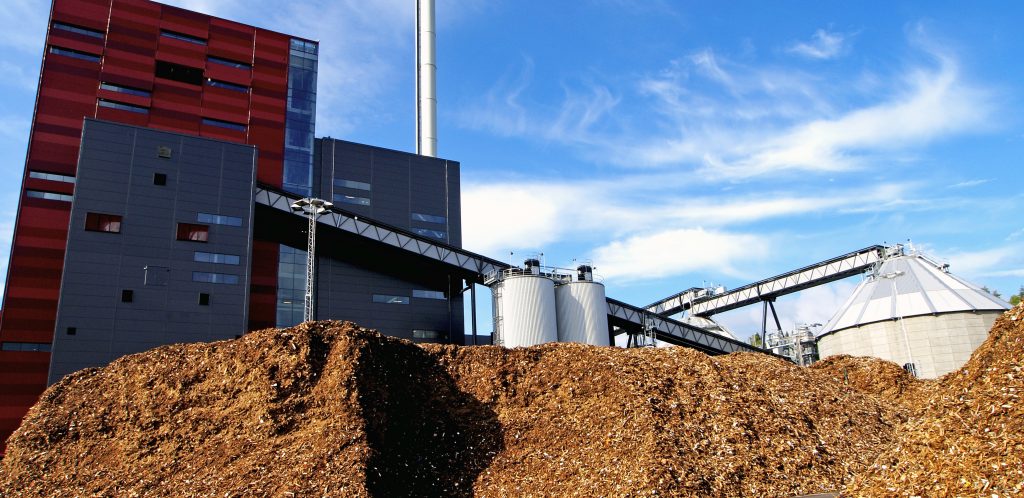
Biomass
Biomass, or bioenergy, makes up around 9% of the UK’s electricity supply. Biomass is Britain’s second largest contributor of renewable electricity. However, biomass is unsustainable.
Solar
Only about 2% of the UK’s electricity is powered by solar power. Sunlight is one of the planet’s most abundant sources of energy, but the amount of sun the UK receives is much lower than in other countries and varies a great deal. Please read our blog post here on everything you need to know about solar power and solar panels.
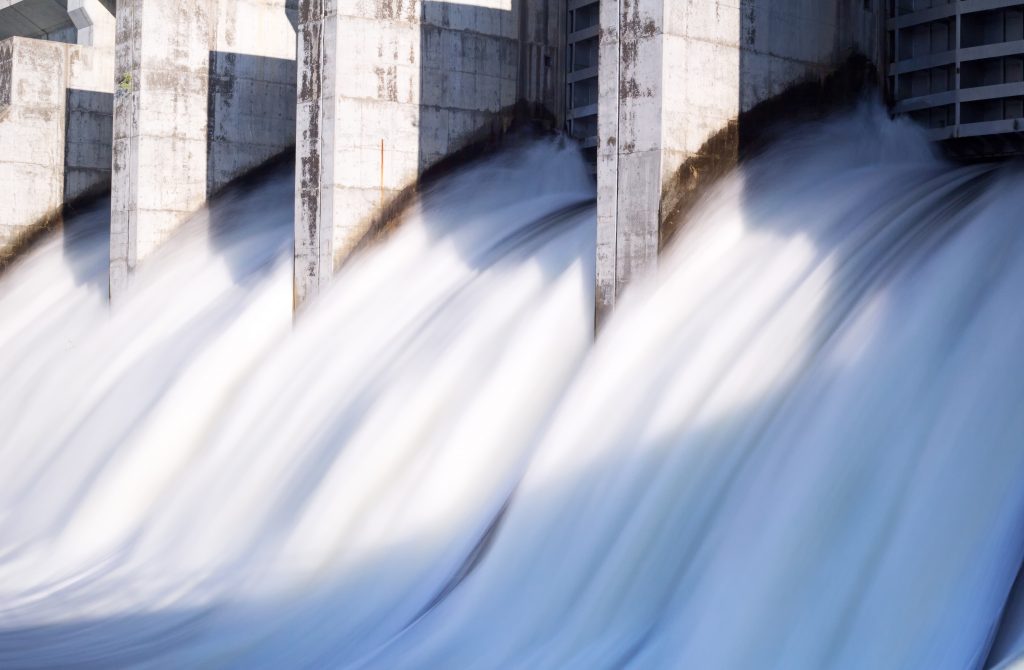
Hydro
Hydro, or water power, accounts for around 2% of the UK’s total energy generation. Like wind power, hydro is also converted from kinetic energy. Hydro power is created using the movement of water. Hydroelectric power plants make electricity through underwater turbines that turn a generator.
Conclusion
As outlined, renewable energy can be quite complicated. Renewable and sustainable have different meanings, and nuclear energy is considered much better for the environment than fossil fuels but it still is not renewable. Professor Anthony Costello, UCL Institute for Global Health, states: “The world is at a critical juncture. Our global commitment to cut fossil fuels is way off-track.
“A health-centred response to the current crises would still provide the opportunity to deliver a low-carbon, resilient, healthy future, where people all over the world can not only survive but thrive. There is still time to realise this future if we act now.”
